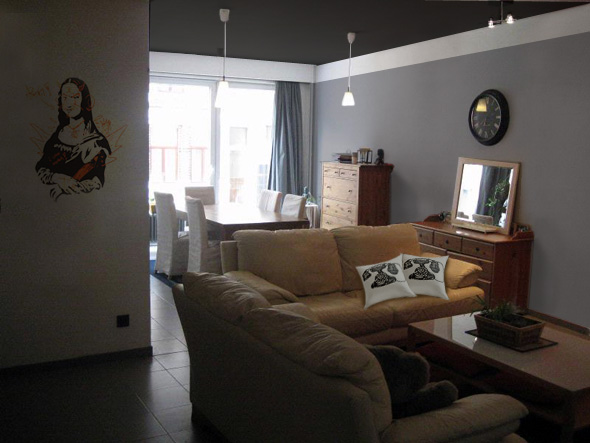Wallpaper Shop Biography:
Wallcoverings can bring the look and feel of many different moods to any room.
The Colours and patterns found on today's wallcoverings are like nothing we
have seen before.
You’ll find colors, patterns, prints, textures and murals, to complement any decorating style.
It is truly a unique way to express your individuality as well as adding instant character to a room.
Don't want to be overwhelmed with pattern on all four walls? Just wallpaper one wall to make
that perfect statement. Use your feature wall to display artwork or co-ordinate with your
furniture and surroundings!
The earliest makers and sellers of wallpapers were stationers, so the trade cards of late 17th-century London stationers George Minnikin and Edward Butling (about 1690) both specify that they sold paperhangings in addition to 'other sorts of Stationary Wares'. Much of our information about the wallpaper trade in the 17th and 18th centuries is derived from trade cards, bill-heads and invoices. These list, and occasionally illustrate, the various kinds and styles of wallpapers they sold, and in some cases manufactured. The Blue Paper Warehouse sold the imported Chinese papers alongside a range of papers locally produced; these included imitations of 'Irish Stitch, Marble and Damasks'. The card also shows papers hung in the shop behind a counter at which an assistant is showing samples to a customer. A more familiar scene is represented both in James Wheeley's card (about 1754) and in that for Richard Masefield's Manufactory (about 1760s), where the rolls of wallpaper can be seen stacked on shelves, end on like bolts of cloth in a draper's. A roll of wallpaper is unfurled for the customer to inspect the full length of the pattern.
Wallcoverings can bring the look and feel of many different moods to any room.
The Colours and patterns found on today's wallcoverings are like nothing we
have seen before.
You’ll find colors, patterns, prints, textures and murals, to complement any decorating style.
It is truly a unique way to express your individuality as well as adding instant character to a room.
Don't want to be overwhelmed with pattern on all four walls? Just wallpaper one wall to make
that perfect statement. Use your feature wall to display artwork or co-ordinate with your
furniture and surroundings!
The earliest makers and sellers of wallpapers were stationers, so the trade cards of late 17th-century London stationers George Minnikin and Edward Butling (about 1690) both specify that they sold paperhangings in addition to 'other sorts of Stationary Wares'. Much of our information about the wallpaper trade in the 17th and 18th centuries is derived from trade cards, bill-heads and invoices. These list, and occasionally illustrate, the various kinds and styles of wallpapers they sold, and in some cases manufactured. The Blue Paper Warehouse sold the imported Chinese papers alongside a range of papers locally produced; these included imitations of 'Irish Stitch, Marble and Damasks'. The card also shows papers hung in the shop behind a counter at which an assistant is showing samples to a customer. A more familiar scene is represented both in James Wheeley's card (about 1754) and in that for Richard Masefield's Manufactory (about 1760s), where the rolls of wallpaper can be seen stacked on shelves, end on like bolts of cloth in a draper's. A roll of wallpaper is unfurled for the customer to inspect the full length of the pattern.
Wallpaper Shop
Wallpaper Shop
Wallpaper Shop
Wallpaper Shop
Wallpaper Shop
Wallpaper Shop
Wallpaper Shop
Wallpaper Shop
Wallpaper Shop
Wallpaper & Carpet By Yang Shop
Cool Wallpaper Photo Shop Cs5








Children like colorful arts in their walls. Wallpapers are widely used to decorate our walls. As our kids want to live in a colorful world, we help to decorate their walls with colorful designs like their dreamland. Arthouse wallpaper for kids can help your baby to get a colorful world in their own room.
ReplyDelete